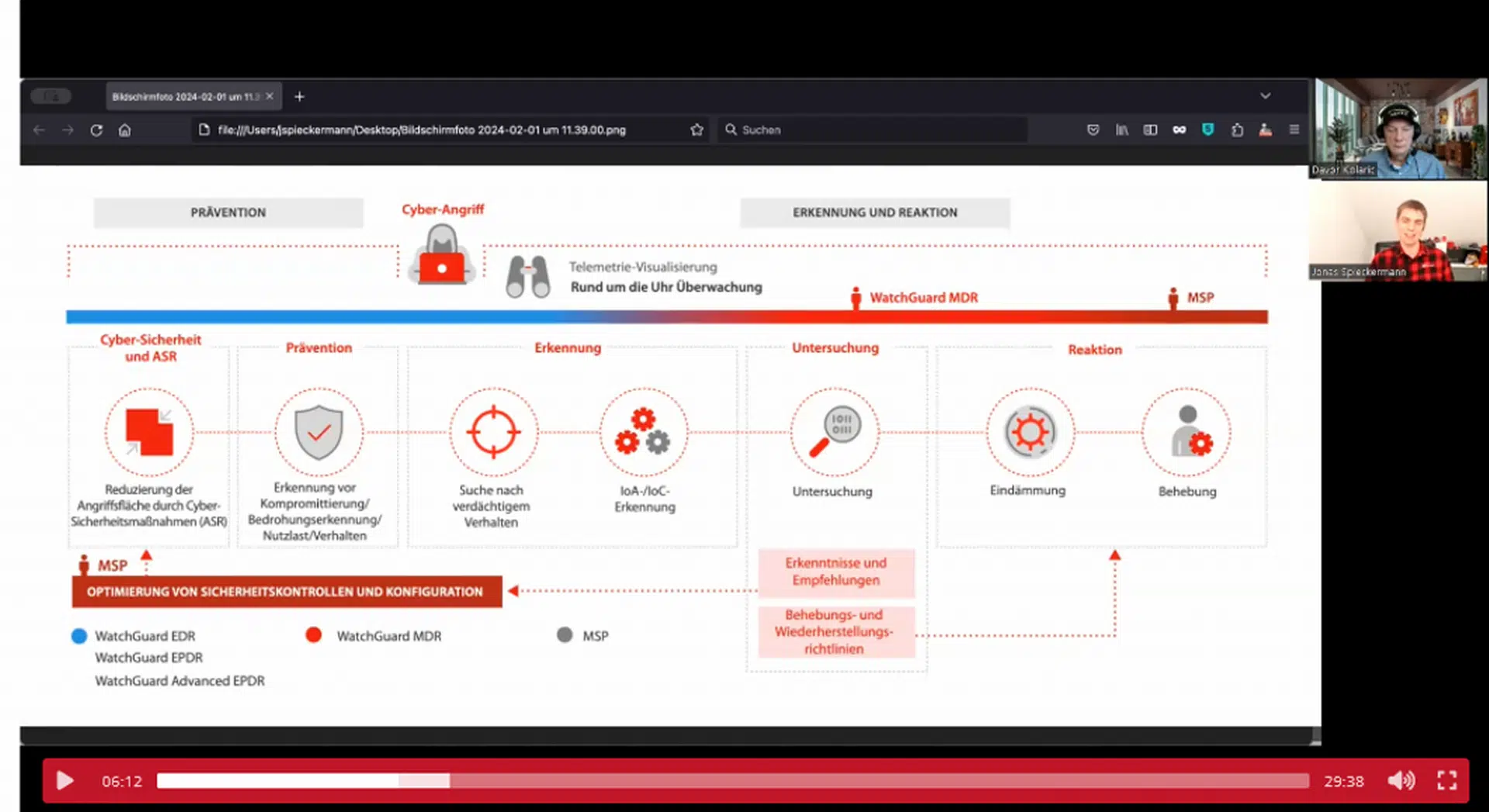
Analysts Discuss New Data and Analytics Techniques at the Virtual Gartner Data & Analytics Summit EMEA, 18-20 May
Gartner, Inc. predicts that by 2025, 70% of organisations will shift their focus from big to small and wide data, providing more context for analytics and making artificial intelligence (AI) less data hungry.
“Disruptions such as the COVID-19 pandemic is causing historical data that reflects past conditions to quickly become obsolete, which is breaking many production AI and machine learning (ML) models,” said Jim Hare, distinguished research vice president at Gartner. “In addition, decision making by humans and AI has become more complex and demanding, and overly reliant on data hungry deep learning approaches.”
Gartner analysts discussed new data and analytics (D&A) techniques to build a resilient, adaptable and data literate organisation during the Gartner Data & Analytics Summit 2021, which is taking place virtually in EMEA through Thursday.
D&A leaders need to turn to new analytics techniques knows as “small data” and “wide data”. “Taken together they are capable of using available data more effectively, either by reducing the required volume or by extracting more value from unstructured, diverse data sources,” said Mr Hare.
Small and Wide Data Allow More Robust Analytics and AI
Small data is an approach that requires less data but still offers useful insights. The approach includes certain time-series analysis techniques or few-shot learning, synthetic data, or self-supervised learning.
Wide data enables the analysis and synergy of a variety of small and large, unstructured, and structured data sources. It applies X analytics, with X standing for finding links between data sources, as well as for a diversity of data formats. These formats include tabular, text, image, video, audio, voice, temperature, or even smell and vibration.
“Both approaches facilitate more robust analytics and AI, reducing an organisation’s dependency on big data and enabling a richer, more complete situational awareness or 360-degree view,” said Mr Hare. “D&A leaders apply both techniques to address challenges such as low availability of training data or developing more robust models by using a wider variety of data.”
Small and Wide Data Applications
Potential areas where small and wide data can be used are demand forecasting in retail, real-time behavioural and emotional intelligence in customer service applied to hyper-personalisation, and customer experience improvement.
Other areas include physical security or fraud detection and adaptive autonomous systems, such as robots, which constantly learn by the analysis of correlations in time and space of events in different sensory channels.
Gartner clients can read more in “Top Trends in Data and Analytics for 2021: From Big to Small and Wide Data.”
Learn how to use data & analytics to re-engineer decision making in the free Gartner e-book “The Future of Decisions.”
Fachartikel

Strategien für eine fortgeschrittene digitale Hygiene

Mit LogRhythm 7.16 können Sie das Dashboard-Rauschen reduzieren und Log-Quellen leicht zurückziehen

Wie man RMM-Software mit einer Firewall absichert

Red Sifts vierteljährliche Produktveröffentlichung vom Frühjahr 2024

Konvergiert vs. Einheitlich: Was ist der Unterschied?
Studien

Studie zu PKI und Post-Quanten-Kryptographie verdeutlicht wachsenden Bedarf an digitalem Vertrauen bei DACH-Organisationen

Zunahme von „Evasive Malware“ verstärkt Bedrohungswelle

Neuer Report bestätigt: Die Zukunft KI-gestützter Content Creation ist längst Gegenwart

Neue Erkenntnisse: Trend-Report zu Bankbetrug und Finanzdelikten in Europa veröffentlicht

Studie: Rasantes API-Wachstum schafft Cybersicherheitsrisiken für Unternehmen
Whitepaper
Unter4Ohren

Datenklassifizierung: Sicherheit, Konformität und Kontrolle

Die Rolle der KI in der IT-Sicherheit

CrowdStrike Global Threat Report 2024 – Einblicke in die aktuelle Bedrohungslandschaft

WatchGuard Managed Detection & Response – Erkennung und Reaktion rund um die Uhr ohne Mehraufwand







